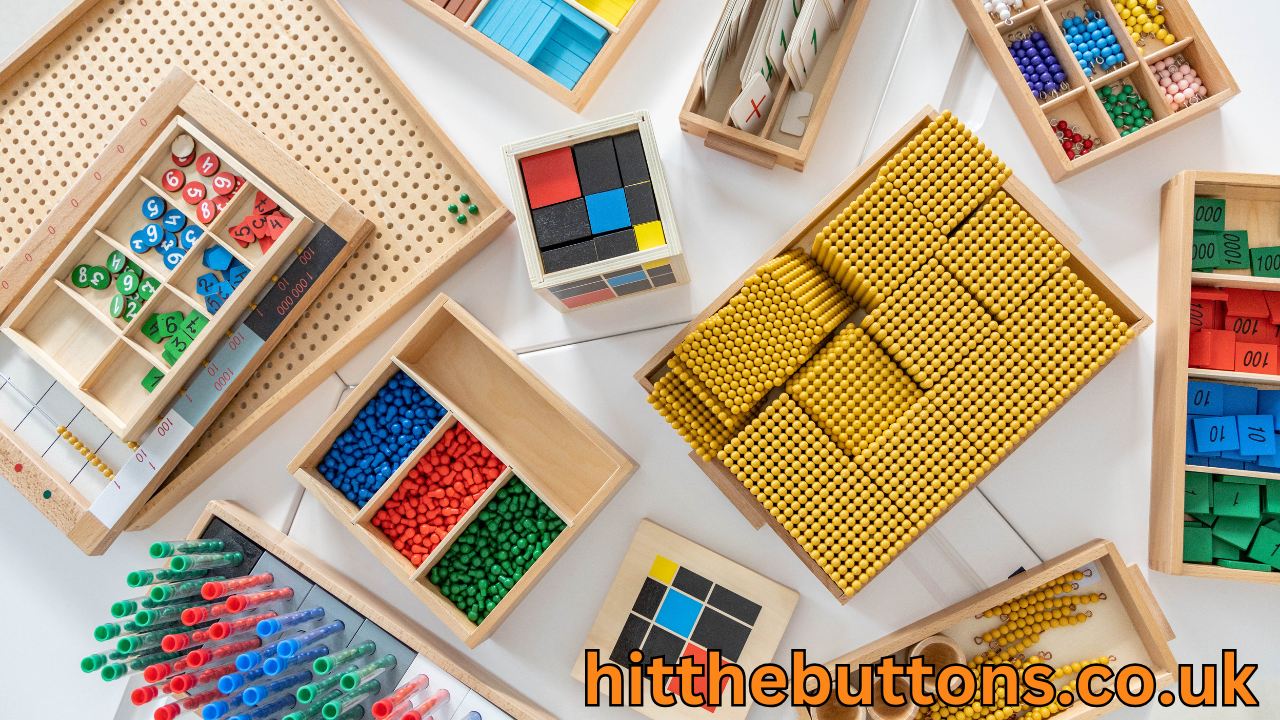Cut shapes from colorful cardboard or foam sheets to create your very own tangram set one of the many dIY math teaching tools for parents. Use these pieces to create patterns or solve puzzles, encouraging spatial reasoning. A simple wooden board, some nails, and rubber bands can transform into a geoboard. Kids can use it to make shapes, learn about angles, and grasp geometric concepts visually.
Fraction and Measurement Tools
Crafting Fraction Circles with Cardboard
Cut circles from cardboard and divide them into halves, thirds, and quarters. Paint each section in bright colors. These are fantastic for teaching fractions visually and engagingly.
Rulers and Measuring Tapes Made Fun
Personalize rulers or measuring tapes with colorful designs. Use them for activities like measuring household objects, which can make math feel relevant to everyday life.
Algebra and Problem-Solving Tools
Equation Boards for Hands-On Practice
Use whiteboards or chalkboards to create reusable surfaces for solving equations. Kids can write, erase, and try different methods, making the process less intimidating.
DIY Graphs for Visualizing Math Problems
Graph paper or hand-drawn grids can help kids plot coordinates or create bar graphs. Use stickers or colorful markers to make graphing more interactive.
Games and Activities for Skill Enhancement
Dice Games to Improve Mental Math
With a pair of dice, you can create endless games for practicing addition, multiplication, or even probability. Challenge your child to calculate sums or product combinations quickly.
Math Bingo for Reinforcing Skills
Design bingo cards with math problems instead of numbers. Solving problems to mark spaces keeps the game educational and entertaining.
Advanced Tools for Older Kids
Build Your Own Abacus
Use wooden rods and beads to craft a simple abacus. This classic tool is excellent for understanding base-ten concepts and improving calculation speed.
Simple Probability Experiments with Everyday Items
Use coins, dice, or a deck of cards to explore probability concepts. These activities make abstract ideas tangible and relatable.
Practical Tips for Engaging Your Child
Setting Up a Dedicated Learning Space
A clutter-free area with all the tools and supplies can keep your child focused. Add colorful decorations or motivational quotes to make the space inviting.
Incorporating Math Tools into Daily Life Activities
Use these tools during cooking, shopping, or even while doing chores. Measuring ingredients or calculating totals turns everyday tasks into learning moments.
Creating math tools at home is a great way to make learning fun and personalized. These tools encourage exploration, creativity, and skill-building without requiring expensive supplies. The joy of making and using these tools together strengthens both knowledge and connection. When it’s time to practice, hit the button quick maths makes learning a breeze!
DIY Math Teaching Tools for Parents FAQs
-
How can parents use these tools effectively with limited time?
Try integrating the tools into daily routines, like using a measuring tape during cooking or number cards for a quick game before bedtime.
-
What are some cost-effective materials for creating DIY math tools?
Items like cardboard, beads, string, and markers are affordable and often already available at home.
-
Are these tools suitable for children of all ages?
Yes, they can be adapted based on your child’s learning level and interests.
-
Can these tools be adapted for group learning?
Absolutely! Tools like math bingo or tangrams are perfect for group activities and friendly competitions.
-
Where can parents find inspiration for more DIY math tools?
Look around the house for unused items or check online for creative ideas to repurpose materials.
